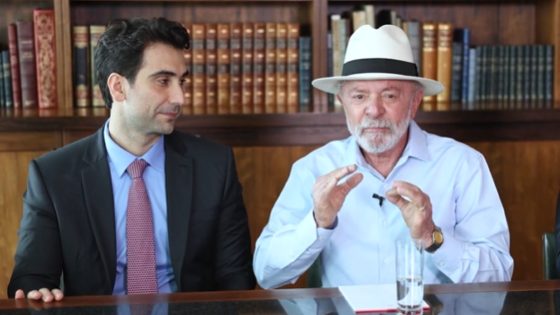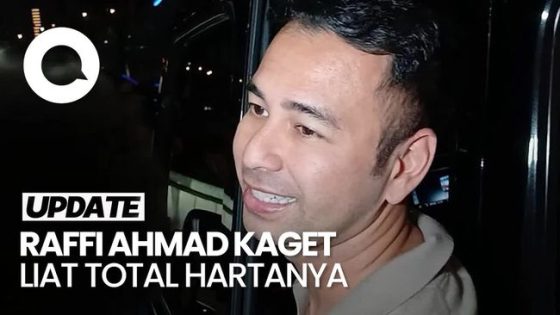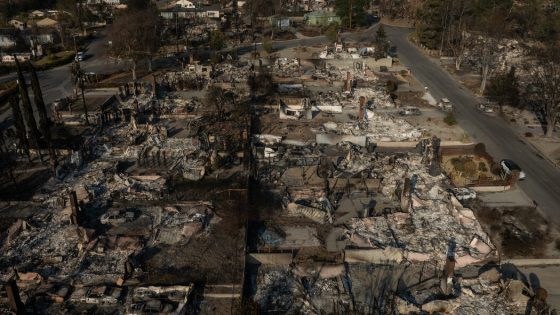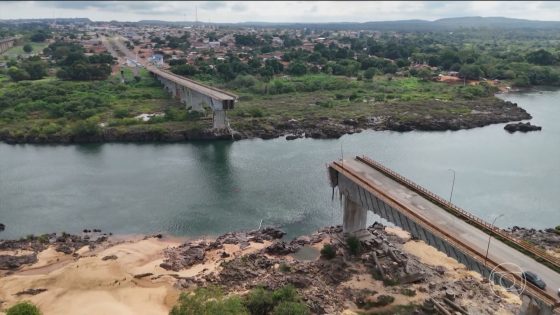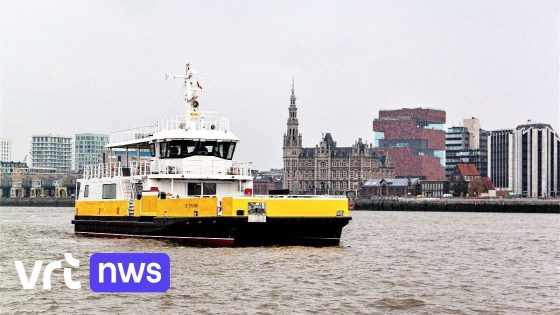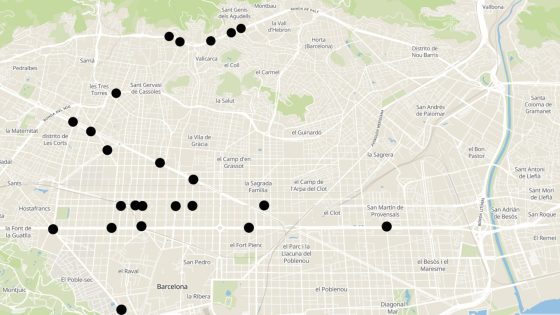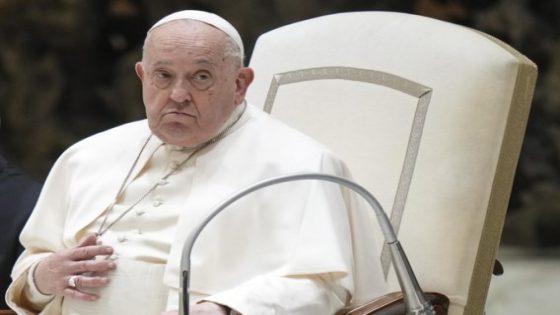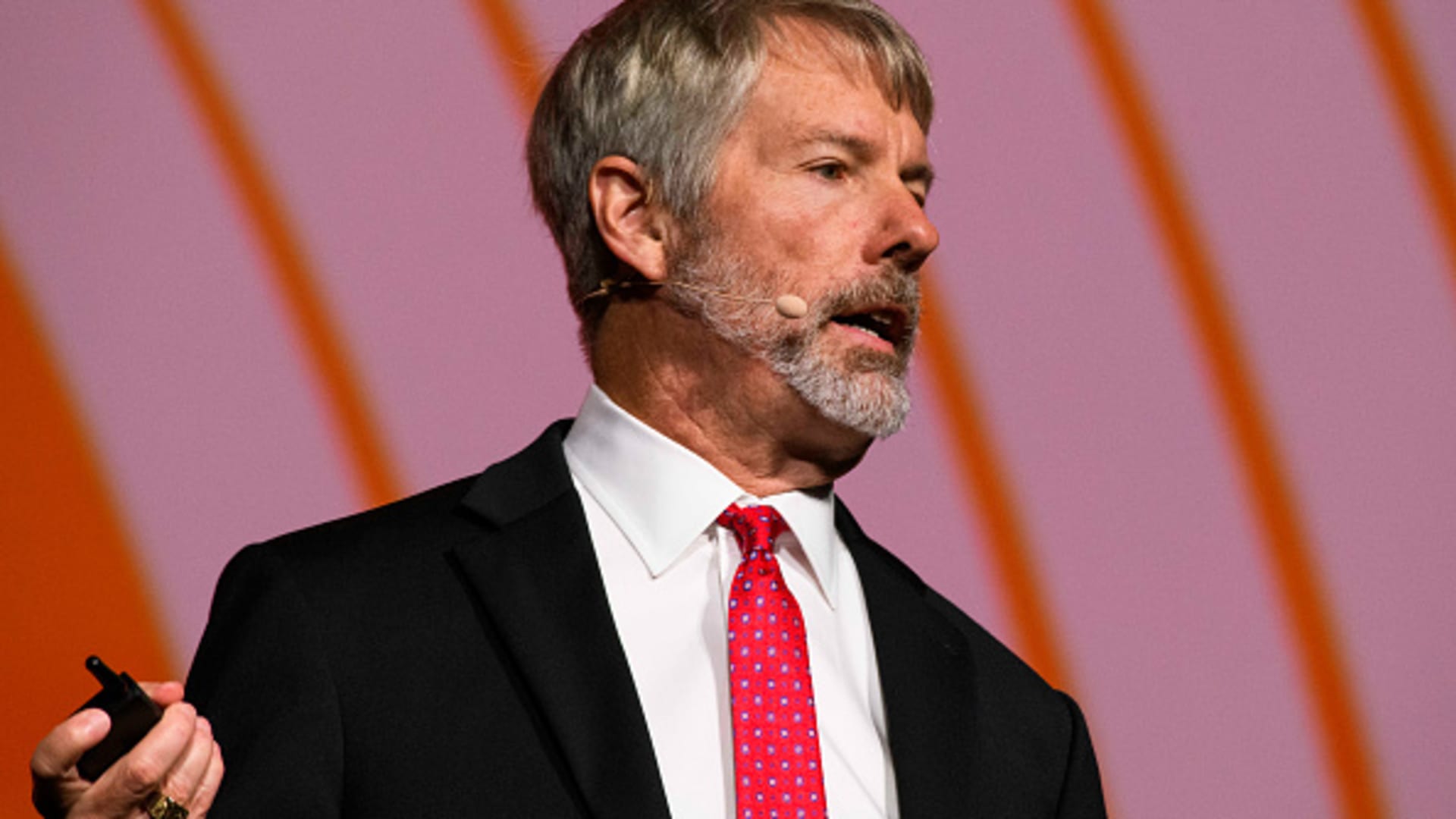On February 6, 2025, President Luiz Inácio Lula da Silva discussed the challenges facing Brazil’s Central Bank. He emphasized that the institution “left a trap that we cannot change overnight.” This statement highlights the complexities of Brazil’s monetary policy and its implications for economic stability.
- Lula criticizes the Central Bank's policies.
- Selic rate increased to 13.25% annually.
- Campos Neto previously led the Central Bank.
- Gabriel Galípolo now heads the Central Bank.
- Lula warns against abrupt monetary changes.
- Copom plans further interest rate hikes.
Lula’s remarks raise questions about the future direction of Brazil’s economy. How will these decisions impact everyday citizens and investors alike?
Brazil’s Central Bank Faces Challenges Amid Rising Selic Rates
What does the future hold for Brazil’s economy? Lula’s comments reflect ongoing concerns about the Central Bank’s ability to navigate economic challenges. Recently, the Central Bank raised the Selic rate to 13.25%, a move aimed at controlling inflation but also raising concerns about economic growth.
Implications of Rising Interest Rates on Brazil’s Economy
The increase in the Selic rate has several implications for Brazil’s economy and international relations.
- Higher borrowing costs for businesses and consumers.
- Potential slowdown in economic growth as spending decreases.
- Increased foreign investment concerns due to economic uncertainty.
- Impact on trade relations, particularly with the U.S.
Understanding Lula’s Critique of the Central Bank’s Policies
Lula’s critique centers on the Central Bank’s previous leadership and its approach to monetary policy. He argues that abrupt changes could destabilize the economy, akin to a ship capsizing if it turns too quickly. This analogy underscores the need for careful navigation through economic waters.
The Role of the Central Bank in Economic Stability
The Central Bank plays a crucial role in maintaining economic stability. With Lula’s new appointee, Gabriel Galípolo, at the helm, there is hope for a more balanced approach to monetary policy. However, the challenge remains: how to manage inflation without stifling growth?
Future Outlook for Brazil’s Economy and Investors
As Brazil’s economy faces these challenges, investors must stay informed. The interplay between interest rates and economic growth will be critical in the coming months. Will Lula’s administration find a way to stabilize the economy while fostering growth?



